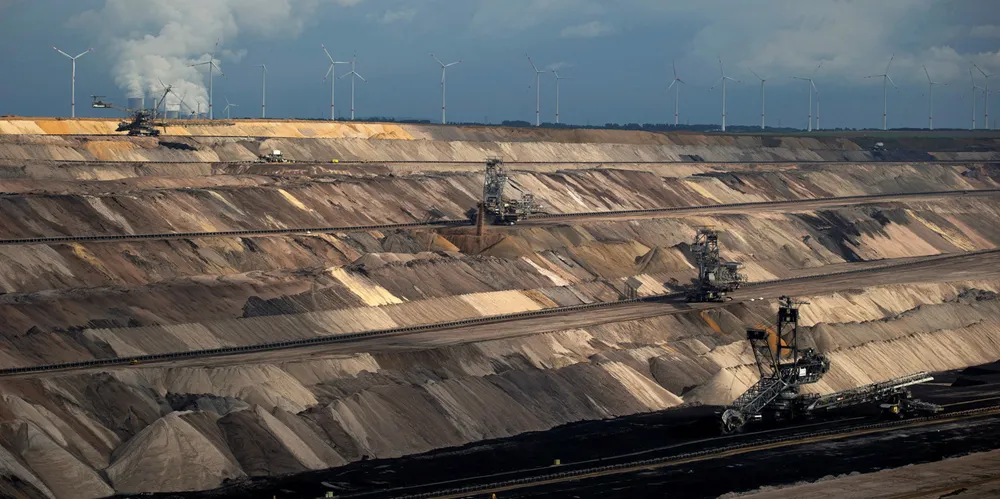Russian invasion speeds rise of EU renewables – and means 'half of coal plants scrapped' by 2030
Worldwide energy crisis sparked by war on Ukraine fuelling acceleration of clean power build-out to new records as historical power sources stall and fall, says Bloomberg Intelligence report

The worldwide energy crisis fuelled by Russia’s invasion of Ukraine has served to accelerate the build-out of renewables plant to meet roiling market demand in the EU, with wind and solar producing a record 23% of the bloc’s supply and at a stroke overtaking nuclear for the first time as Europe’s largest power source, according to Bloomberg Intelligence.
Renewables are set to become Europe’s fastest-growing power plant fleet via solar deployment forecast to expand 45% and wind 15% by next year, already expanding to installed bases of 247GW and 221GW, respectively, in 2023, as the sector overtakes atomic energy at a growth rate of 14% that translates to a power table-topping 72TWh of annual output, said the analyst group.
Europe's lignite-fired power fleet also grew in 2022 as countries scrambled for replacement capacity in the wean-off from Russian gas, but the 7% increase was “smaller than expected” at 28TWh, said Bloomberg Intelligence ESG analyst Michelle Leung, who noted the EU’s coal-plant capacity had dropped “to the lowest since 2016” despite energy shortage pressures caused by the war in Ukraine.
“Europe remains on track to scrap half its coal plants by 2030 as originally planned despite energy shortages resulting from the invasion of Ukraine. The region’s coal capacity under construction was cut by half between last July and January, while total operating capacity fell to the lowest since we started tracking it in 2016,” she said.
Poland’s state-owned PGE is currently Europe’s largest coal-fired utility with a 9% share of bloc capacity, followed by Germany’s RWE at 8.9%, the Europe Beyond Coal database shows, Leung noted.
The Bloomberg Intelligence report pointed to Europe’s demand for coal imports this year being “restrained… by the slump in gas prices, an anticipated recovery in hydropower and nuclear, rapid renewable energy development and abundant coal inventory”.
(Copyright)